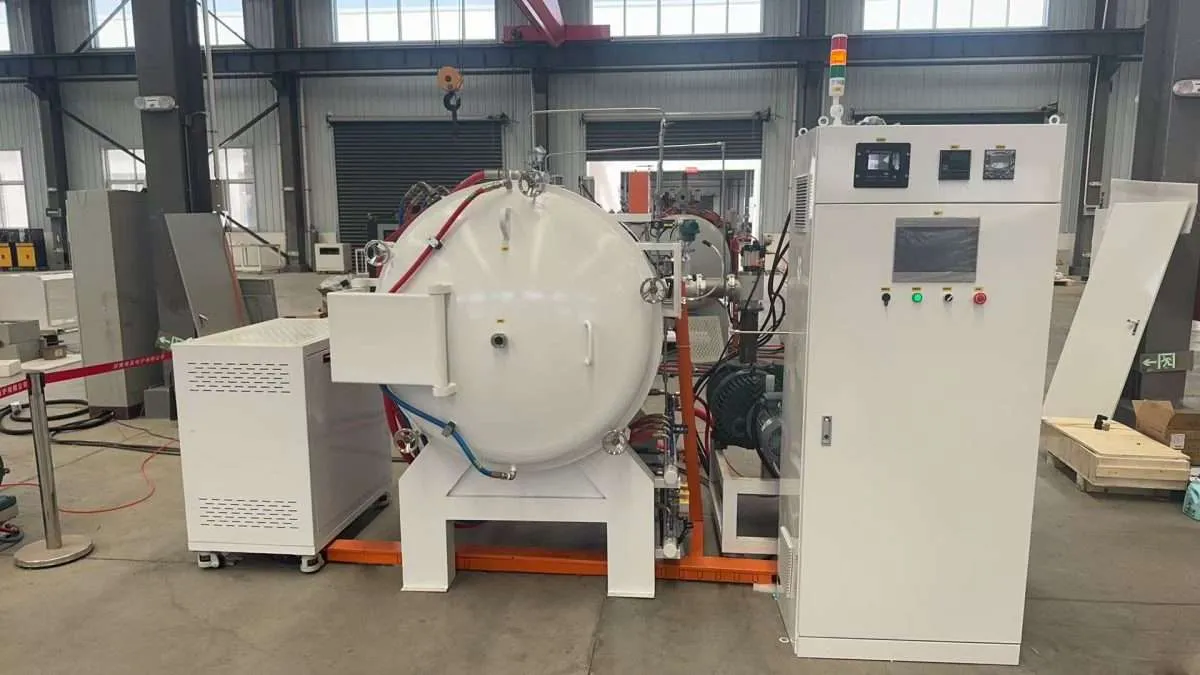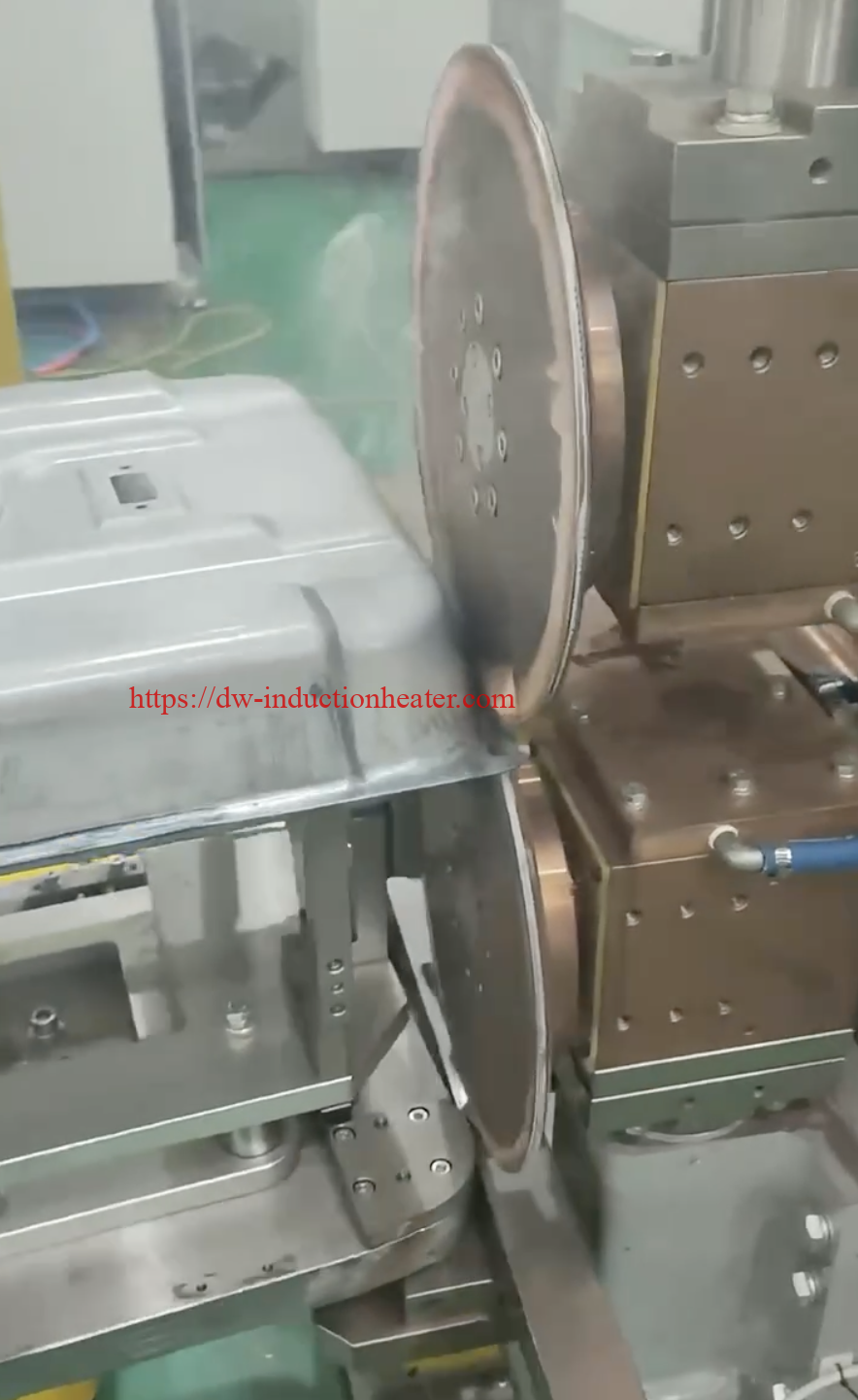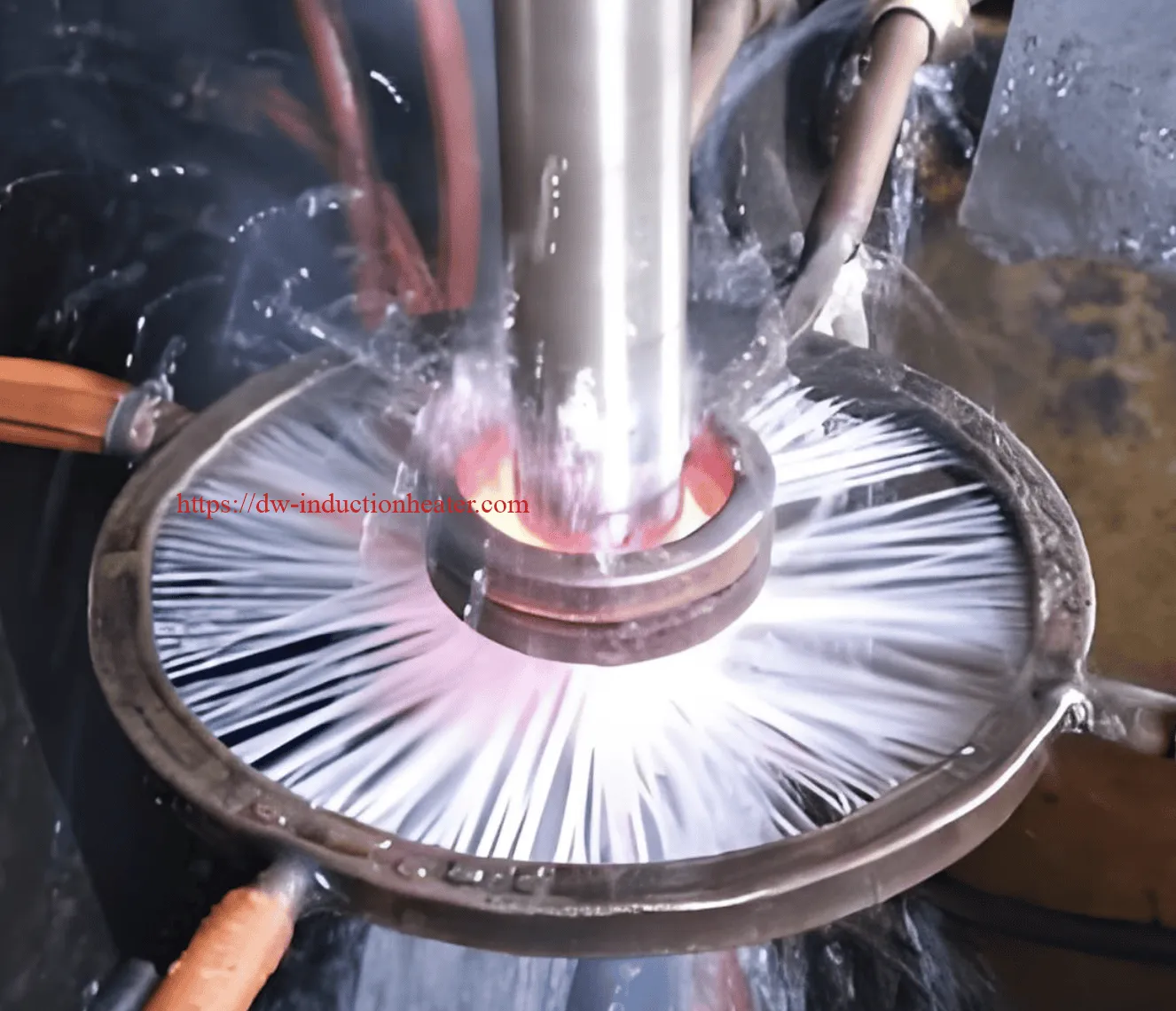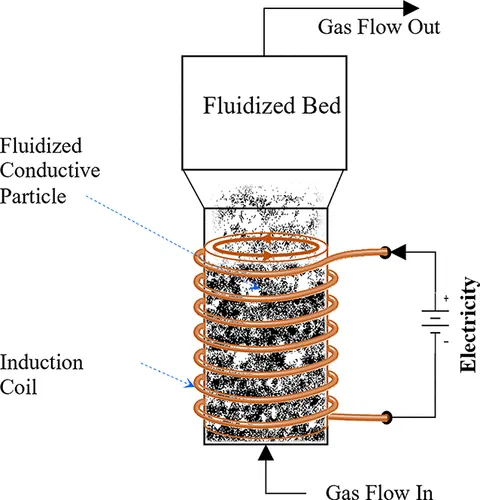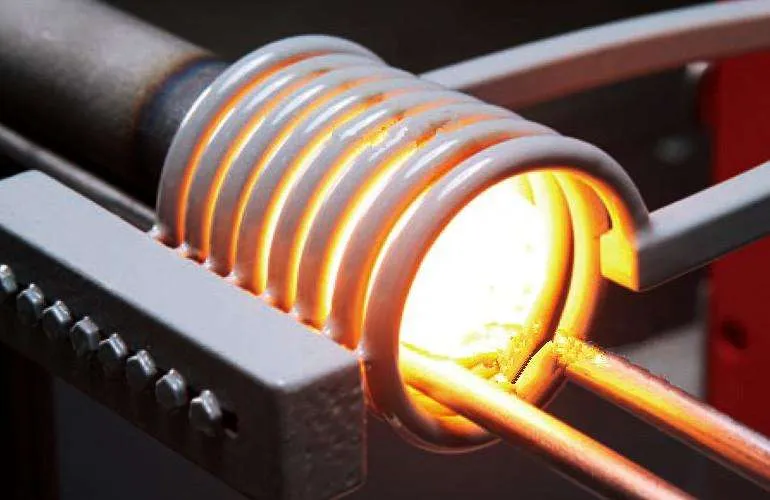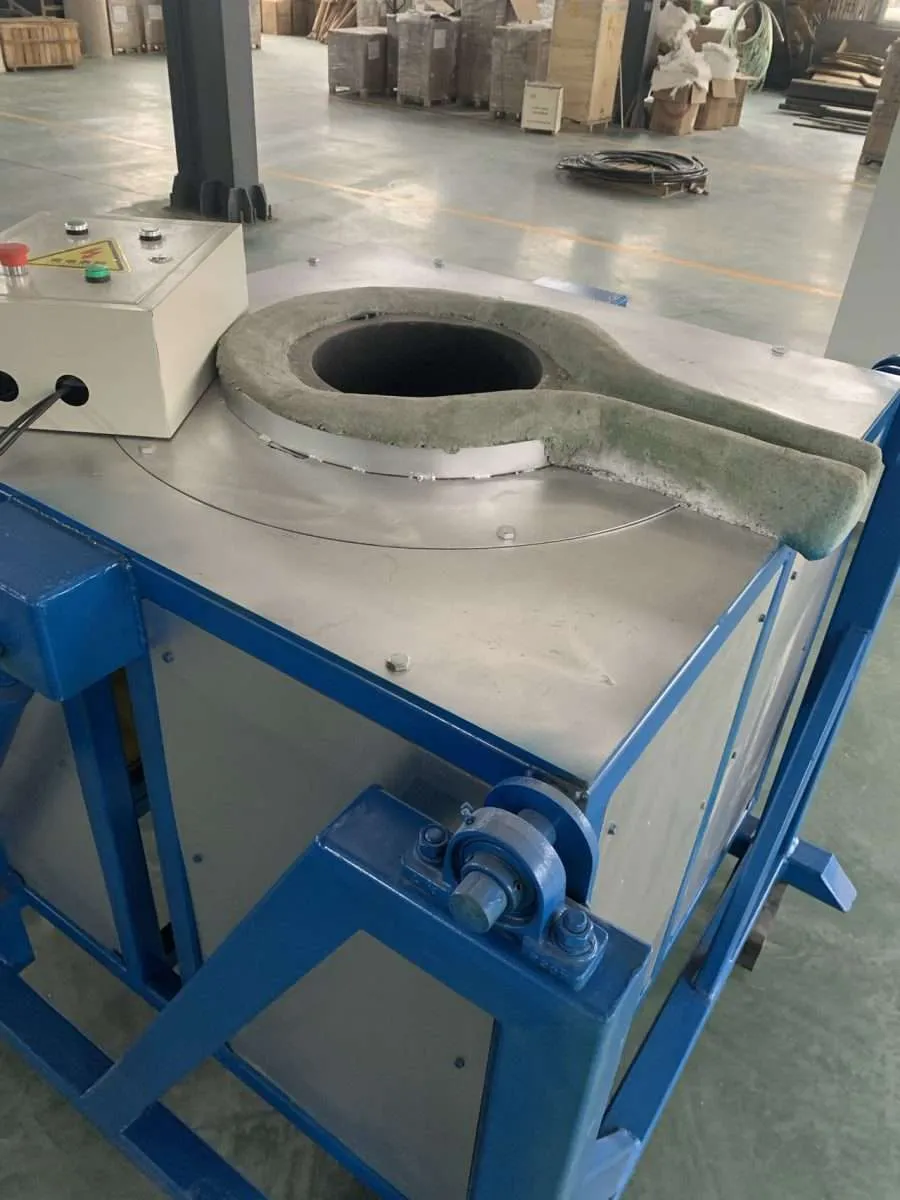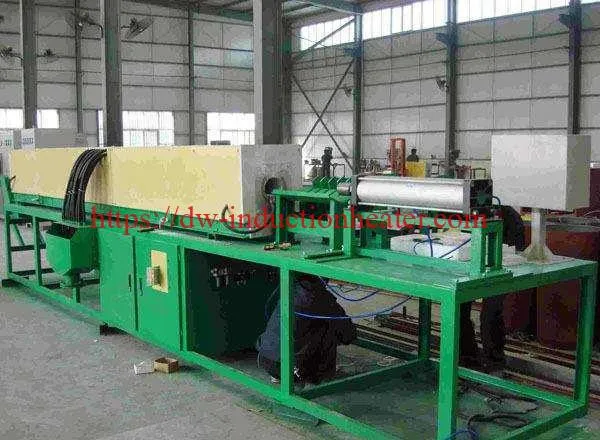10 FAQ About Laboratory Vacuum Furnaces
Here are 10 FAQ (Frequently Asked Questions) about Laboratory Vacuum Furnaces. 1. What is a laboratory vacuum furnace and what are its primary applications? A laboratory vacuum furnace is specialized equipment that heats materials to high temperatures within a controlled vacuum environment. This specific atmosphere is crucial for preventing oxidation, contamination, and other undesirable chemical … Read more

